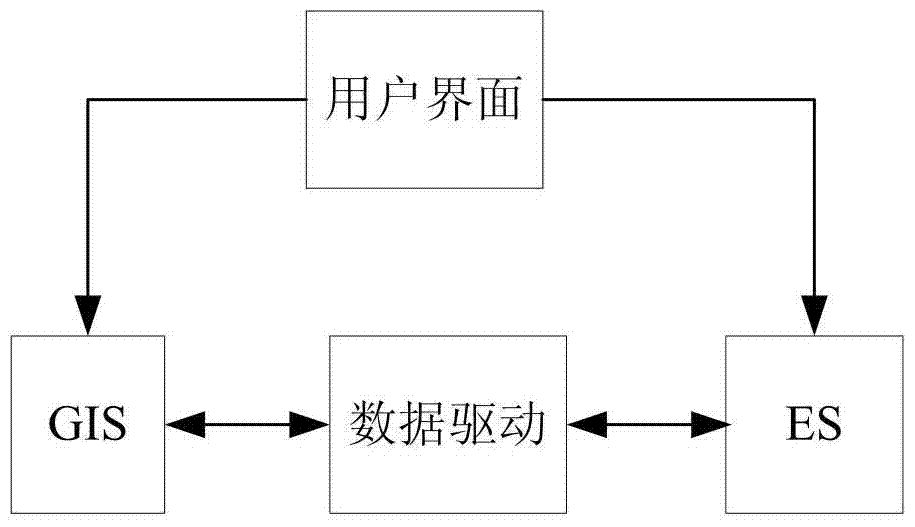Automatic spatial modeling system and method of gis and es in metallogenic prediction
A modeling method and predictive model technology, applied in special data processing applications, instruments, electrical digital data processing, etc., can solve the problems of not realizing intelligence, etc., and achieve the effect of wide application fields and obvious benefits
- Summary
- Abstract
- Description
- Claims
- Application Information
AI Technical Summary
Problems solved by technology
Method used
Image
Examples
specific Embodiment approach 1
[0068] Specific implementation mode 1. Combination Figure 1 to Figure 12 This embodiment will be described. GIS and ES automatic spatial modeling system in metallogenic prediction. The overall design of the system adopts the combination of GIS and ES loosely coupled to realize the combined application of the two technologies. The two are designed as a common user interface. Through the ES reasoning machine Matching rules drive GIS spatial modeling. In this combination, GIS is used to generate a spatial database as a tool for spatial analysis and display; while ES is used to generate an application-oriented database and knowledge base, and use an inference engine to reason and drive GIS operations ( figure 1 ). figure 2 For the construction of GIS spatial information and library, the geoscience library is provided by the user, or created by the system through the geoscience library module managed by the library; image 3 It is the construction of ES database and knowledge ...
specific Embodiment approach 2
[0170] Specific embodiment two, combine Figure 2 to Figure 17 Describe this embodiment, this embodiment is the method of GIS and ES automatic spatial modeling system in the metallogenic prediction described in specific embodiment one:
[0171] The process of using ES-driven GIS to realize automatic spatial modeling of metallogenic prediction is as follows: Figure 16 , firstly establish the ES initial database automatically, then combine the ES database to automatically establish the ES knowledge rule base, and finally the ES inference engine uses the knowledge rules in the knowledge base, according to the current ES database (information in the database), combined with the files in the system’s library, to realize Complete automatic spatial modeling for metallogenic prediction. In this embodiment, the modeling of silver ore prediction is taken as an example for discussion.
[0172] 1. Modeling system ES database
[0173] The system data described in the present embodiment...
PUM
 Login to View More
Login to View More Abstract
Description
Claims
Application Information
 Login to View More
Login to View More - R&D
- Intellectual Property
- Life Sciences
- Materials
- Tech Scout
- Unparalleled Data Quality
- Higher Quality Content
- 60% Fewer Hallucinations
Browse by: Latest US Patents, China's latest patents, Technical Efficacy Thesaurus, Application Domain, Technology Topic, Popular Technical Reports.
© 2025 PatSnap. All rights reserved.Legal|Privacy policy|Modern Slavery Act Transparency Statement|Sitemap|About US| Contact US: help@patsnap.com



